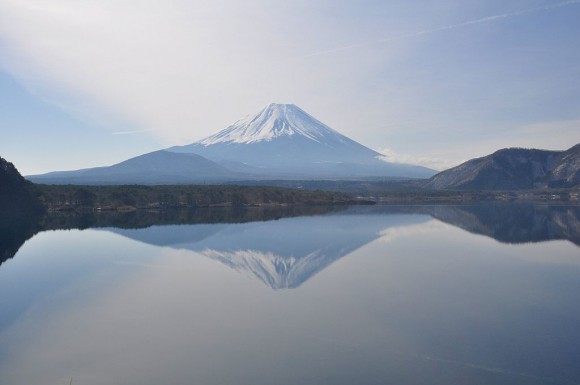
Visiting World Heritage Sites is a great way to see Japan. Since the sites are scattered all around the archipelago, you’re bound to be close to at least one of them no matter where you are in the country, and having gained the prestigious status by UNESCO, you can be sure you’re seeing the very best of Japan. After all, World Heritage status is not easily obtained and competition is stiff.
Join our peripatetic reporter as she takes you to each site and gives you the lowdown on what to see, how to avoid the crowds, and how to enjoy the sites on your own terms. Ready? Let’s go!
Although I have been to many of the World Heritage Sites myself, to learn the details on absolutely all of them I turned to the book Japan’s World Heritage Sites: Unique Culture, Unique Nature by John Dougill.
Here are Japan’s 18 World Heritage Sites as of August, 2014.
1. Mount Fuji (Shizuoka Prefecture)
While Mount Fuji is famous the world over as a symbol of Japan, reports from many tourists who have climbed Japan’s highest mountain say they’re not sure they’d do it again. A combination of the popularity of Fujisan and the short climbing season means you’ll be ascending it along with hoards of others. The secret is that climbing Fuji is not the only way to experience it! Remember Hokusai’s Thirty Six Views of Mt. Fuji? I chose to rent a car and drive around the Five Lakes region where I could admire the volcano at every turn. Fujisan was everywhere: looming over the horizon, reflected in the water, bathed in moonlight. Every morning we shared a cup of coffee from a campsite along the lake. There are many ways to see Mount Fuji without climbing it!
Travel Tip: If you are a Starbucks fan with a car, you can enjoy a morning Joe while gazing at the mountain at the Starbucks branch Tomei Highway rest area (Fujigawa Service Area Lower) in Shizuoka.
2. Itsukushima Shrine–Miyajima (Hiroshima Prefecture)
Although the view of Miyajima Island’s torii gate is great anytime, most people consider high tide the best time to photograph it, while it appears to be “floating.” In addition, water surrounds the Itsukushima shrine, covering up the mud flats you’ll see if you go at low tide. There are short boat tours out to the gate at high tide too.
Travel Tip: If you’re staying overnight on Miyajima, you’ll get the fantastic sunset and night views of the torii gate. However, Itsukushima shrine closes at 4:00 pm sharp and the whole town closes up at night.
3. The Peace Memorial-Genbaku Dome (Hiroshima Prefecture)
The Hiroshima Peace Park, Genbaku Dome, and the museum (all located within the park) are a must-see for all travelers. Be sure to leave enough time for the museum, where one is urged to reflect on the destructive nature of man.
Travel Tip: If you’re short on time, you can hit both Itsukushima Shrine and the Peace Memorial and museum in the same day, but only if you go to Miyajima first. Whereas Miyajima closes up at 4:00 p.m., the Peace museum is open until 6 p.m. giving you an extra two hours of sightseeing.
4. Himeji Castle (Hyogo Prefecture)
Himeji Castle is Japan’s largest, best preserved castles (as it was destroyed in wars, earthquakes or fires) and was one of Japan’s first World Heritage Sites. It boasts 4.8 km of walls and has recently reopened after years of renovation.
Travel Tip: Himeji is an easy stop on the Sanyo Shinkansen line. Tourist information office at JR Himeji Station.
5. Shirakawa-go and Gokayama (Gifu and Toyama Prefectues)
These three villages of Shirakawa-go and Gokayama offer guesthouses, shops and restaurants amidst the iconic wooden sloped houses that were built to withstand heavy snowfall in this mountainous region of Japan. The shape of the houses also allowed for large living and working spaces so that families could use the bottom floors for cottage industries such as silk production, which required areas for silkworm beds and mulberry storage.
Travel Tip: The villages can be visited in one day by car.
6. Sites of Ancient Kyoto (Kyoto Prefecture)
Ancient Kyoto includes seventeen sites, mostly temples and shrines. Among them is the Enryakuji temple complex on Mt. Hiei and home to the Marathon Monks which I’ve written about before, as well as some of Kyoto’s other well-known places of worship such as Kiyomizu-dera, Nijo Castle and The Golden Temple. But the one I’d like to highlight is Byodo-in Temple.
The Phoenix Hall of Byodo-in Buddhist temple was founded in 1052 and is said to be Japan’s most beautiful building. Although a very large building, one can unknowingly be schlepping around multiple replicas in their pocket on any given day because this building is featured on the back of the Japanese 10-yen coin. Byodo-in is located in Uji, a delightful little town to stroll around.
Travel Tip: There are a handful of ryokan alongside the river offering upscale Japanese-style accommodation. Try having your meals inside your room overlooking the river!
7. Sites of Ancient Nara (Nara Prefecture)
Nara, also known for its cute and amusing deer that lounge around on the sidewalks, offers seven sites including temples, Kasuga Taisha (shrine) and Heijo Palace. But the most impressive is surely Todaiji Temple.
▼People appear miniature in front of Todaiji, the world’s tallest wooden building which houses the Great Buddha.
No matter how often I’ve been to Todaiji, I feel I haven’t been there enough. Entering the Hall of the Great Buddha your senses are overwhelmed with the aroma of burning incense, the quiet shuffling sound of feet and the powerful yet serene presence of the 15-meter tall (49 ft) bronze Buddha that will leave you at a standstill.
Travel Tip: Rent a bicycle to get around Nara – it’s cheap, fun, and you can cover most of the area in a single day.
8. Horyuji (Nara Prefecture)
Horyuji is a collection of Japan’s oldest wooden buildings. The above octagonal building, in the To-in section of Horyuji, is called the Hall of Dreams and was built in 739. Inside the building is an image called Guze Kannon, the longest held “hidden Buddha” in Japan, unexposed until 1884. Hidden Buddhas are sacred figures hidden from the public eye because it is felt they lose their power the more they are exposed to viewing.
9. Sites of the Kii Penninsula (Wakayama Prefecture)
The Kii Penninsula includes Mt. Koya, the headquarters of Shingon Buddhism, as well as sites along the Kumano Kodo trail such as Nachi Falls, the largest waterfall in Japan and the Three Grand Shrines: Hayatama Shrine, Nachi Shrine and Hongu Shrine.
▼Nachi Falls is 133 meters high (436 ft).
Here you can hike the Koya mountain range on the ancient Kumano Pilgrimage Route. Towns are separated by 3 to 4-hour hikes that are dotted with sacred spots.
Travel Tip: I suggest hiking anytime except September, which is the typhoon season in Japan. The Kii Penninsula not only gets hit by several typhoons every year, it is also one of the wettest regions of Japan at any time. I’ve planned a trip on the Kumano Pilgrimage twice during the autumn and both times have had to cancel due to typhoons and heavy rains which included flooding and landslides.
10. Sites of Hiraizumi (Iwate Prefecture)
Hiraizumi was the base of Japan’s powerful Fujiwara clan and where the family built a sacred city centered around beliefs of Buddhist Pureland sect.
▼Okay, enough of temples–let’s see some Japanese ponds! Below is a pond-garden rendition of Amida’s Pure Land paradise.
The area includes a memorial to fallen Heian warriors, an ancient pond garden, and the sacred hill Kinkeisan where the sun sets directly behind the hill just twice a year, on the evenings of the equinox. All sites can be seen from Hiraizumi city.
Travel Tip: English-speaking “goodwill guides” will show you around for free. Head here for more info.
11. Sites of Nikko (Tochigi Prefecture)
▼Shinkyo Bridge over the Daiya River provided a passage for imperial messengers to Futarasan Shrine.
Nikko is one of Japan’s most popular tourist destinations and houses the elaborate grave of Japan’s first shogun Tokugawa Ieyasu (1543 – 1616). It offers hot springs, hiking trails and Futarasan Shrine.
Travel Tip: You might want to avoid Nikko in the autumn, when it is most crowded.
12. Iwami Silver Mine (Shimane Prefecture)
▼The picturesque district of Omori, nestled in the mountains
Japan once provided one third of all the silver in the world, half of which was produced here at the Iwami Silver mine (Iwami Ginzan) which was in operation between 1526 to 1923 and facilitating over 600 mine shafts. The town features Edo-style houses of samurai, merchants and craftsmen that have been turned into cafes and souvenir shops.
Travel Tip: Rent an audio guide for 500 yen – you’ll learn a lot more.
13. Yakushima Island (Kagoshima Prefecture)
▼Jomonsugi is over 2,000 years old
I’ve sailed to Yakushima twice, both times leaving from the Seto Inland Sea, arriving a few days later. The one thing you notice about Yakushima from the sea is that the island almost always has one single cloud hovering over it. This almighty rain cloud is responsible for Yakushima being the wettest place in Japan. It also feeds its ancient cedars such as the Jomonsugi, which is from 2,000 to 10,000 years old, depending on who you talk to.
Travel Tip: I’ve missed hiking up to Jomonsugi on both visits. The first time I wasn’t prepared to hike all day in torrential rain and the second time, we didn’t leave early enough to take the 8-10 hour hike to get there and back by dark, so the staff implored us to cancel our plans. Sign out at the Information Center before 8 a.m. then take a bus to the trail head. If you arrive later, you should be prepared to stay overnight in a hut at the top and come back down the next day.
14. Sites of Okinawa (Okinawa Prefecture)
Okinawa is the home of the old Kingdom of Ryukyu (1429 to 1879) where you’ll find the restored Shuri Castle and the major spiritual site Seifa Utaki, which you may remember is one of Japan’s top “power spots.”
▼The elaborate detail and colors of Shuri Castle (Naha) show the Chinese influence on Ryukyu architecture
I spent a week on Okinawa Island to also take advantage of its great diving, snorkeling, and beaches and to visit the Churaumi Aquarium, the second-largest aquarium in the world. You’ll never run out of things to do!
Travel Tip: Since we arrived by yacht and stayed in a marina, we rented a car to get around. We found that car rentals on Okinawa are very cheap! It is possible to rent a car for just 4,000 to 5,000 yen per day (US$40-50) including insurance. Without a car, many sites in Okinawa are only accessible by buses with inconvenient schedules. Another bonus is that if you rent a car, you can also hit some of the beaches.
15. Ogasawara Islands (Tokyo)
▼Swim with dolphins in the Ogasawara Islands
The volcanic Ogasawara Islands (also known as the Bonin Islands) are under the jurisdiction of Tokyo but lie 1,000 kilometers (620 miles) south in the Pacific. The inhabited islands are Chichijima (Father Island) and Hahajima (Mother Island). They are known for their unique flora and fauna including 194 species of birds as well as marine animals such as sea turtles, manta rays and dolphins.
Travel Tip: Although I attempted to sail to the Ogasawara Islands, my advice is to fly into Chichijima–it’s much faster! Even the ferries, which leave once a week from Tokyo, take 25 hours one way!
16. Shirakami Sanchi (Akita and Aomori Prefectures)
▼It’s a what?! A serow, a rare animal endemic to Japan.
I’m guessing you’ve never seen a serow before. This animal, endemic to Japan, can still be found in Shirakami Sanchi, one of the world’s largest beech forests. Over 500 plant species live here as well as several rare flowers. It’s a nature lover’s dream!
Travel tip: The area is inaccessible from November to March as the forest is in the northwest, which experiences the highest snowfall in Japan.
17. Shiretoko Peninsula (Hokkaido)
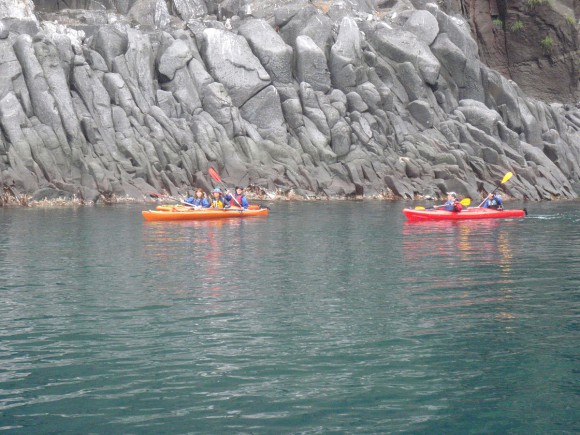
Famous for its drift ice that covers the Okhotsk Sea in winter, this peninsula is also home to over 256 species of birds and 400 brown bears. Outdoor activities include kayaking, boat trips, whale watching, fishing, hiking, bird-watching and, presumably, running away from bears.
Travel Tip: It’s tough to find the time to get all the way to the northern reaches of Japan’s most northern prefecture of Hokkaido, but here’s how to do it. Fly into Memanbetsu Airport and take a bus (two hours), or rent a car. It’s way out there.
18.Tomioka Silk Mill (Gunma Prefecture)
Silk lovers rejoice! The most recent addition to Japan’s World Heritage Sites is the Tomioka Silk Mill, added to the list in 2014. Tomioka city lies 100 km northwest of Tokyo. In 1872 the Japanese government established the silk mill to introduce modern machine silk reeling technology from France. Raw Silk had been an important export for Japan (remember the production of silk in the villages of Shirakawa-go and Gokayama) and the silk mill automated the process.
Although this article is about Japan’s World Heritage Sites, there are plenty of wonderful places to see in Japan that would rival the World Heritage sites. Let us know your favorites in the comments section below.
Reference: Japan’s World Heritage Sites: Unique Culture, Unique Nature (Tuttle 2014) by John Dougill.



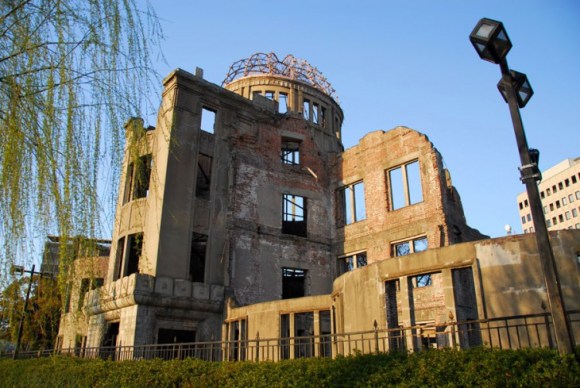
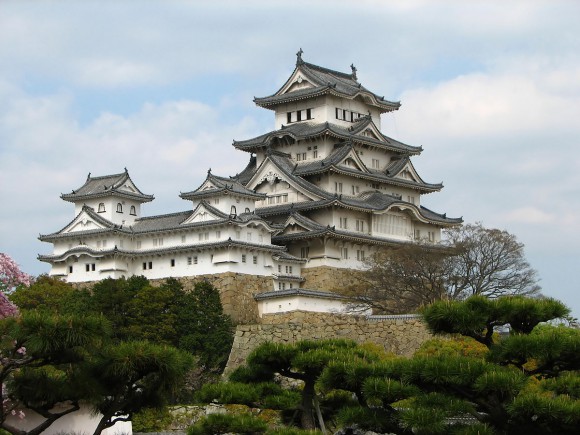

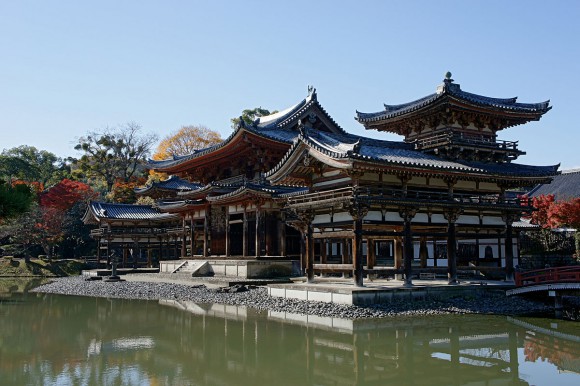
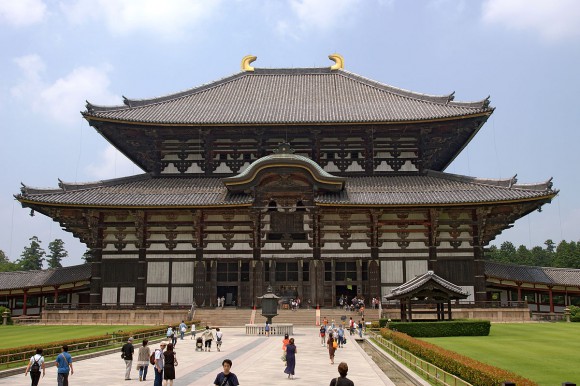
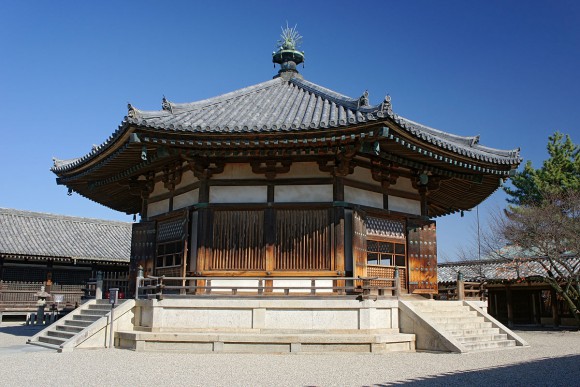
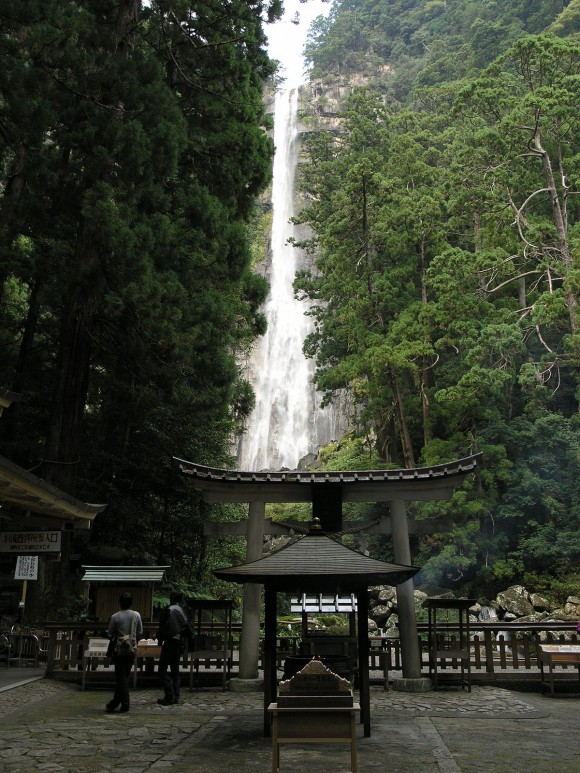
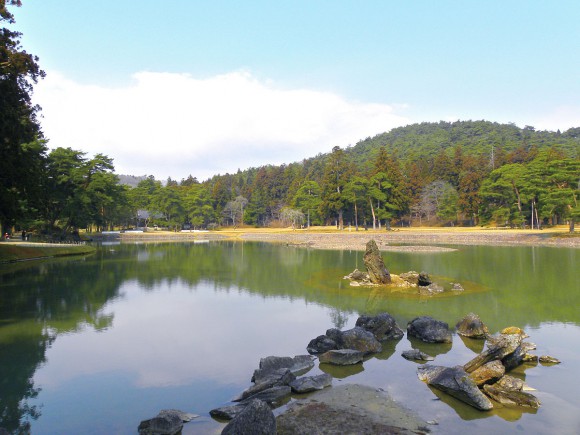
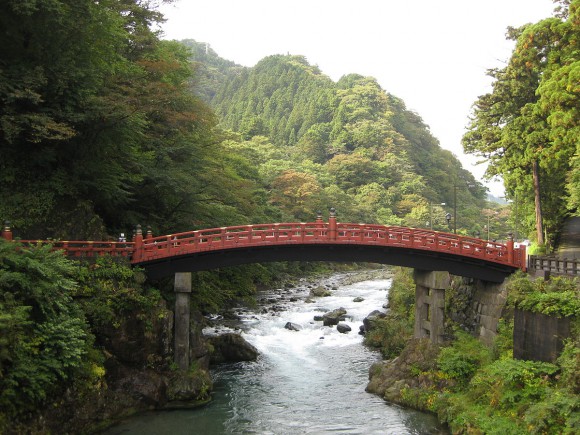
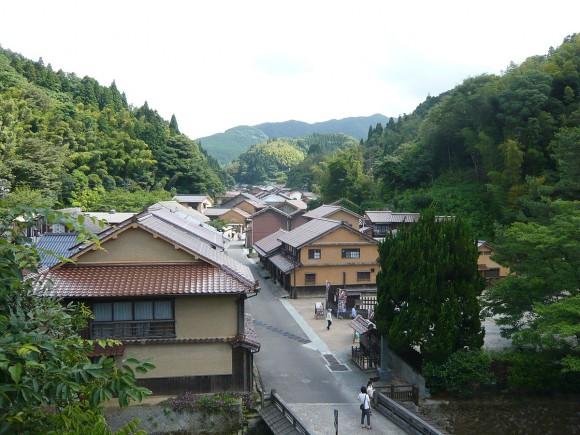
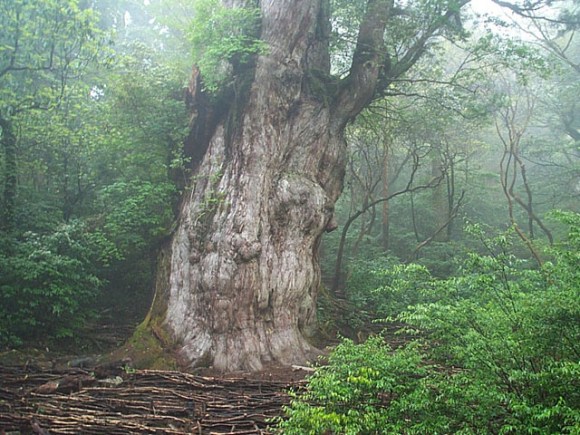
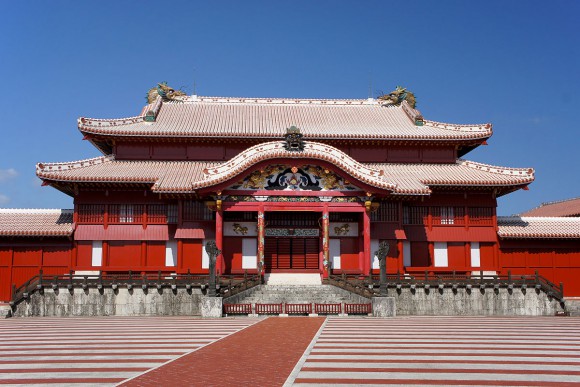
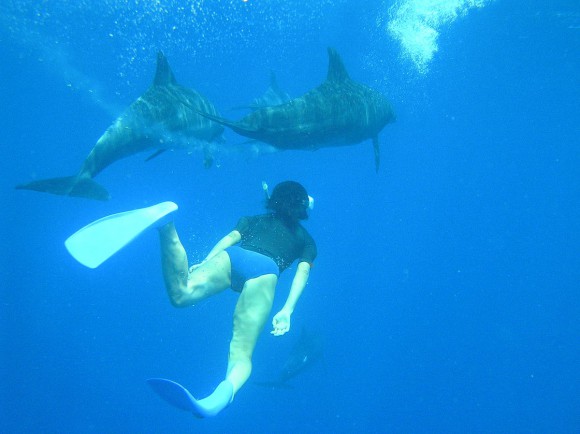
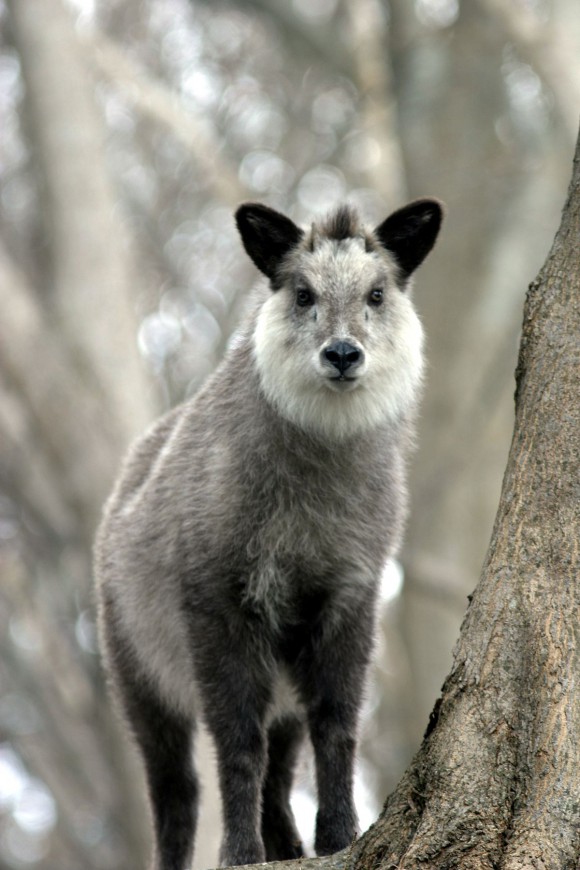
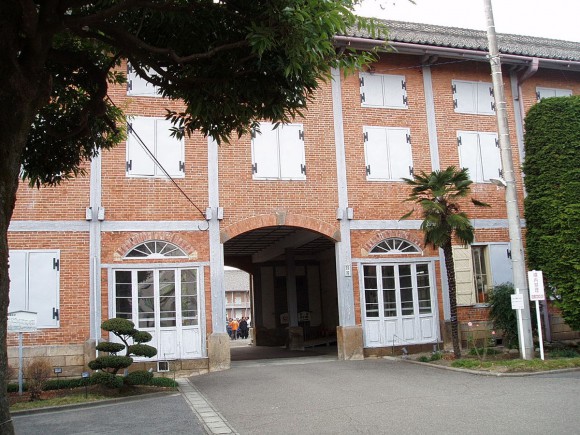
 We try extra-unique souvenir sold by soon-to-be world heritage site — silkworm chocolate!
We try extra-unique souvenir sold by soon-to-be world heritage site — silkworm chocolate! Japan’s 30 best travel destinations, as chosen by overseas visitors
Japan’s 30 best travel destinations, as chosen by overseas visitors World Heritage Site in Gunma struggling to crowdfund repair costs
World Heritage Site in Gunma struggling to crowdfund repair costs Gunkanjima and 22 sites of Japan Meiji Industrial Revolution up for World Heritage award
Gunkanjima and 22 sites of Japan Meiji Industrial Revolution up for World Heritage award Four things women are banned from doing in Japan【Women in Japan Series】
Four things women are banned from doing in Japan【Women in Japan Series】 Foreigner’s request for help in Tokyo makes us sad for the state of society
Foreigner’s request for help in Tokyo makes us sad for the state of society Japanese city loses residents’ personal data, which was on paper being transported on a windy day
Japanese city loses residents’ personal data, which was on paper being transported on a windy day Suntory x Super Mario collaboration creates a clever way to transform into Mario【Videos】
Suntory x Super Mario collaboration creates a clever way to transform into Mario【Videos】 Harajuku Station’s beautiful old wooden building is set to return, with a new complex around it
Harajuku Station’s beautiful old wooden building is set to return, with a new complex around it Ghibli Park now selling “Grilled Frogs” from food cart in Valley of Witches
Ghibli Park now selling “Grilled Frogs” from food cart in Valley of Witches Red light district sushi restaurant in Tokyo shows us just how wrong we were about it
Red light district sushi restaurant in Tokyo shows us just how wrong we were about it Starbucks Japan adds a Motto Frappuccino to the menu for a limited time
Starbucks Japan adds a Motto Frappuccino to the menu for a limited time Historical figures get manga makeovers from artists of Spy x Family, My Hero Academia and more
Historical figures get manga makeovers from artists of Spy x Family, My Hero Academia and more Smash Bros. director Sakurai stabs Kirby in the face, has delicious justification for it
Smash Bros. director Sakurai stabs Kirby in the face, has delicious justification for it Heartwarming response to Twitter question confirms that yes, Tikuwa_0913, there is a Santa Claus
Heartwarming response to Twitter question confirms that yes, Tikuwa_0913, there is a Santa Claus McDonald’s new Happy Meals offer up cute and practical Sanrio lifestyle goods
McDonald’s new Happy Meals offer up cute and practical Sanrio lifestyle goods Japanese ramen restaurants under pressure from new yen banknotes
Japanese ramen restaurants under pressure from new yen banknotes French Fries Bread in Tokyo’s Shibuya becomes a hit on social media
French Fries Bread in Tokyo’s Shibuya becomes a hit on social media Studio Ghibli releases new action figures featuring Nausicaä of the Valley of the Wind characters
Studio Ghibli releases new action figures featuring Nausicaä of the Valley of the Wind characters New private rooms on Tokaido Shinkansen change the way we travel from Tokyo to Kyoto
New private rooms on Tokaido Shinkansen change the way we travel from Tokyo to Kyoto Tokyo Tsukiji fish market site to be redeveloped with 50,000-seat stadium, hotel, shopping center
Tokyo Tsukiji fish market site to be redeveloped with 50,000-seat stadium, hotel, shopping center All-you-can-drink Starbucks and amazing views part of Tokyo’s new 170 meter-high sky lounge
All-you-can-drink Starbucks and amazing views part of Tokyo’s new 170 meter-high sky lounge Beautiful Ghibli sealing wax kits let you create accessories and elegant letter decorations【Pics】
Beautiful Ghibli sealing wax kits let you create accessories and elegant letter decorations【Pics】 Studio Ghibli releases Kiki’s Delivery Service chocolate cake pouches in Japan
Studio Ghibli releases Kiki’s Delivery Service chocolate cake pouches in Japan New definition of “Japanese whiskey” goes into effect to prevent fakes from fooling overseas buyers
New definition of “Japanese whiskey” goes into effect to prevent fakes from fooling overseas buyers Our Japanese reporter visits Costco in the U.S., finds super American and very Japanese things
Our Japanese reporter visits Costco in the U.S., finds super American and very Japanese things Studio Ghibli unveils Mother’s Day gift set that captures the love in My Neighbour Totoro
Studio Ghibli unveils Mother’s Day gift set that captures the love in My Neighbour Totoro More foreign tourists than ever before in history visited Japan last month
More foreign tourists than ever before in history visited Japan last month New Pokémon cakes let you eat your way through Pikachu and all the Eevee evolutions
New Pokémon cakes let you eat your way through Pikachu and all the Eevee evolutions Sales of Japan’s most convenient train ticket/shopping payment cards suspended indefinitely
Sales of Japan’s most convenient train ticket/shopping payment cards suspended indefinitely Sold-out Studio Ghibli desktop humidifiers are back so Totoro can help you through the dry season
Sold-out Studio Ghibli desktop humidifiers are back so Totoro can help you through the dry season Japanese government to make first change to romanization spelling rules since the 1950s
Japanese government to make first change to romanization spelling rules since the 1950s Ghibli founders Toshio Suzuki and Hayao Miyazaki contribute to Japanese whisky Totoro label design
Ghibli founders Toshio Suzuki and Hayao Miyazaki contribute to Japanese whisky Totoro label design Doraemon found buried at sea as scene from 1993 anime becomes real life【Photos】
Doraemon found buried at sea as scene from 1993 anime becomes real life【Photos】 Tokyo’s most famous Starbucks is closed
Tokyo’s most famous Starbucks is closed One Piece characters’ nationalities revealed, but fans have mixed opinions
One Piece characters’ nationalities revealed, but fans have mixed opinions We asked a Uniqlo employee what four things we should buy and their suggestions didn’t disappoint
We asked a Uniqlo employee what four things we should buy and their suggestions didn’t disappoint Princesses, fruits, and blacksmiths: Study reveals the 30 most unusual family names in Japan
Princesses, fruits, and blacksmiths: Study reveals the 30 most unusual family names in Japan Refresh your mind, body, and soul at Temple Camp Daitaiji, the first temple to open to campers
Refresh your mind, body, and soul at Temple Camp Daitaiji, the first temple to open to campers Shiratani Unsuikyo: The breathtaking anime setting where Princess Mononoke was born
Shiratani Unsuikyo: The breathtaking anime setting where Princess Mononoke was born Mt. Fuji becomes Studio Ghibli’s Laputa following recent typhoon 【Photos】
Mt. Fuji becomes Studio Ghibli’s Laputa following recent typhoon 【Photos】 Christmas light display planned near Hiroshima A-bomb Dome faces backlash
Christmas light display planned near Hiroshima A-bomb Dome faces backlash Love Ghibli’s Castle in the Sky? Check out these real Laputa-like locations!
Love Ghibli’s Castle in the Sky? Check out these real Laputa-like locations! Don’t let the rain get you down! Here are Japan’s top 10 most beautiful rainy day travel spots
Don’t let the rain get you down! Here are Japan’s top 10 most beautiful rainy day travel spots The 100 Soundscapes of Japan: A list of Japan’s greatest natural, cultural, and industrial sounds
The 100 Soundscapes of Japan: A list of Japan’s greatest natural, cultural, and industrial sounds The most popular places in Japan for viewing sakura in 2024, according to local travel agency
The most popular places in Japan for viewing sakura in 2024, according to local travel agency 7 incredible Japanese destinations that tourists haven’t discovered yet
7 incredible Japanese destinations that tourists haven’t discovered yet Japan’s secret garbage problem–and what you can do to help
Japan’s secret garbage problem–and what you can do to help 10 gorgeous, must-visit places to see the autumn leaves in Japan
10 gorgeous, must-visit places to see the autumn leaves in Japan Mt. Fuji is officially closed for the year
Mt. Fuji is officially closed for the year We make one of Japan’s best breakfast treats: Himeji almond toast【SoraKitchen】
We make one of Japan’s best breakfast treats: Himeji almond toast【SoraKitchen】 Hiking restrictions result in huge drop in climbing accidents, with zero on Mt. Fuji
Hiking restrictions result in huge drop in climbing accidents, with zero on Mt. Fuji
Leave a Reply